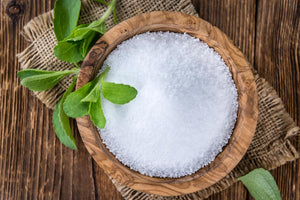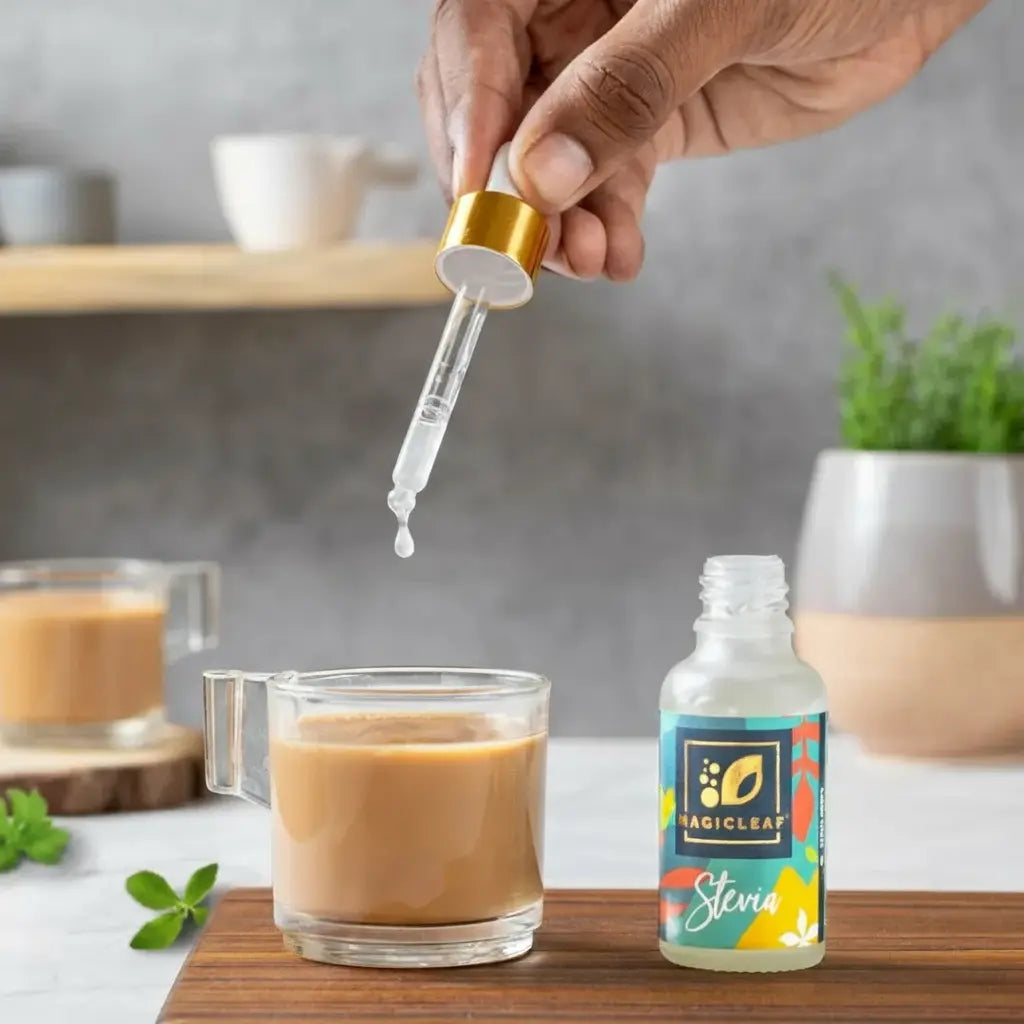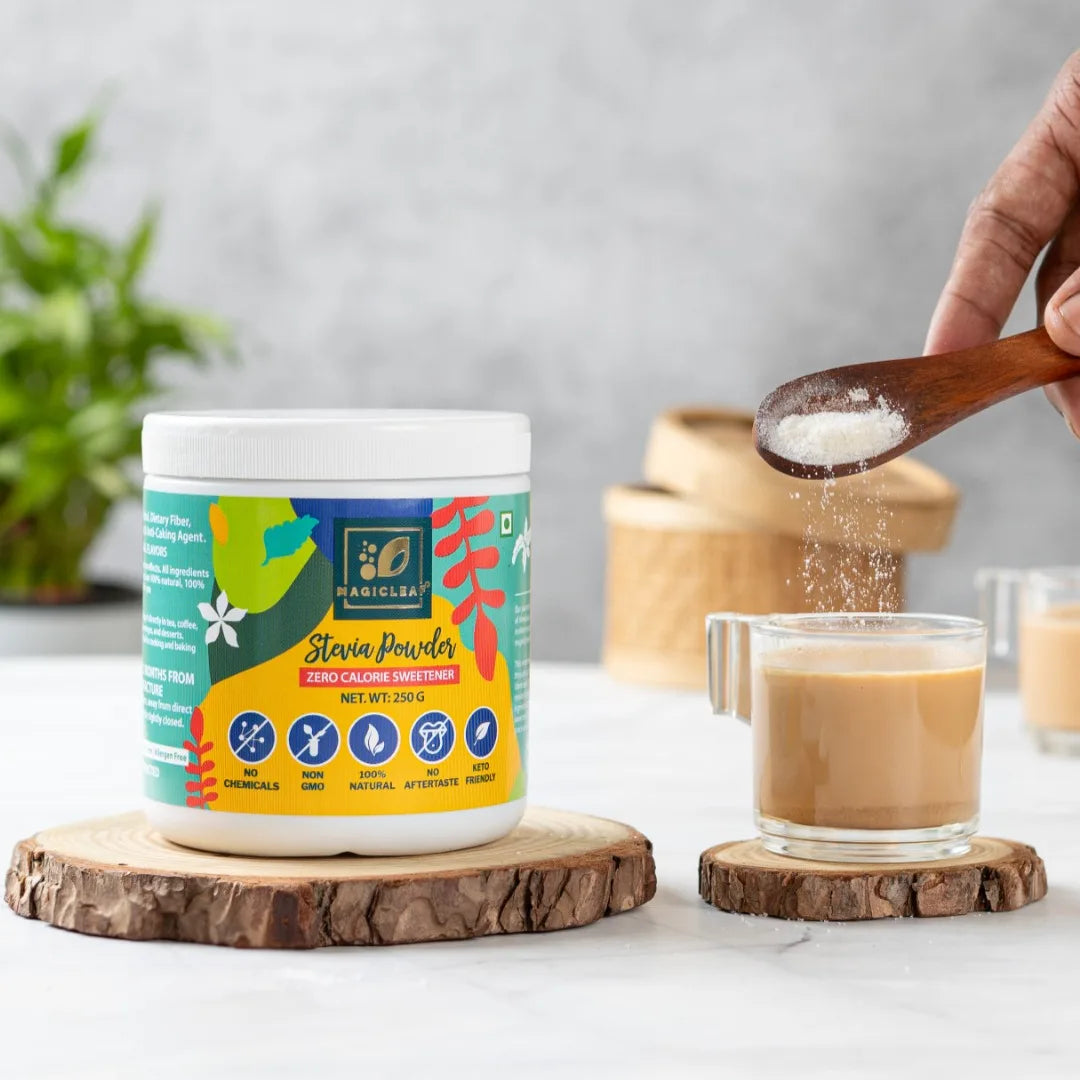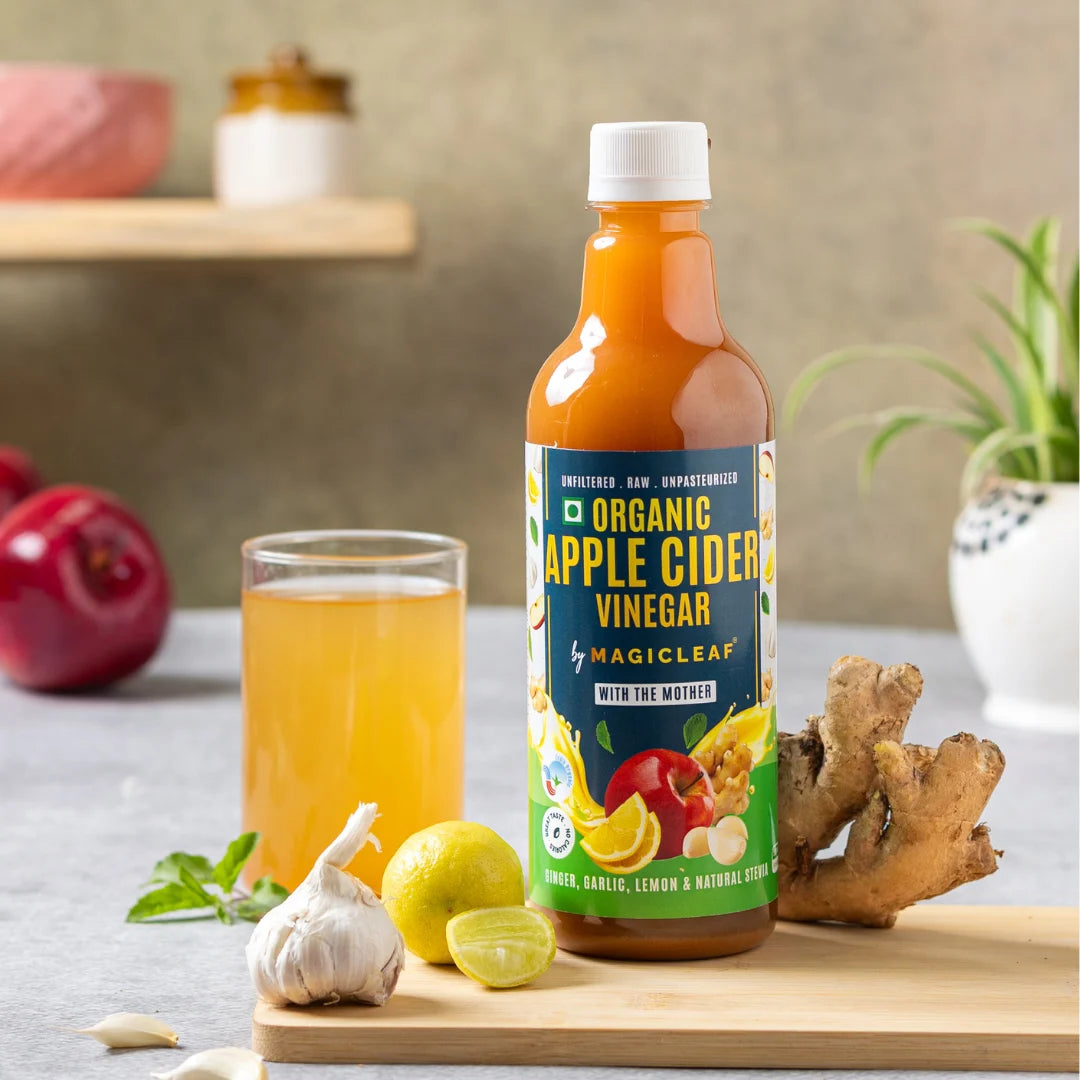If you’ve ever considered going sugar-free, you must have some understanding of what stevia is; if not, check out this blog.
To give a brief introduction, stevia is a herbal shrub indigenous to Paraguay. It is presently gaining high traction across the globe as a zero-calorie, natural, sugar alternative. As opposed; to the other sugar substitutes available in the market, it is plant-based and doesn’t have to be produced synthetically like artificial sweeteners. And, due to its processing in the body, it contributes to zero calories.
Native Americans have used stevia to sweeten foods and beverages for over 1500 years, whereas Japan has accepted the herb and its extracts since the 1970s. As a matter of fact, stevia owns Japan’s 40-45% of the sweetener market. With time, many more countries like India, South Korea, the Philippines, New Zealand, etc., have embraced this wonder herb.
Adhering to an acceptable daily intake (ADI) level of 4 mg/kg of body weight, stevia has the approval of well-known food regulatory bodies such as the FDA, FSSAI, JECFA, and EFSA. With research backing up the claim, it is safe for children, diabetic patients, pregnant women, and everyone alike, without a doubt.







